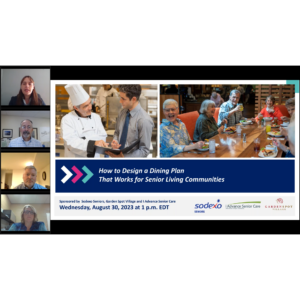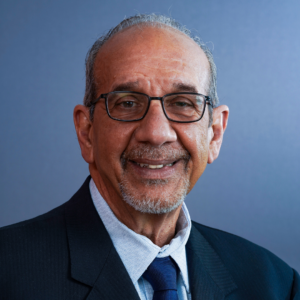Train staff, residents in signs of stroke
Nearly 800,000 people in the United States have a stroke each year, and one out of every 20 will die from it, according to the Centers for Disease Control and Prevention (CDC). Stroke awareness groups stress the importance of educating staff members and residents on the signs of stroke.
Both age and gender affect the risk of stroke, according to longitudinal statistics from the American Heart Association (AHA). Among those aged 60-79, the rate of stroke is 6.1 percent for men and 5.2 percent for women. But by age 80, the rates skyrocket to 15.8 percent for men and 14 percent for women.
Race matters, too. Although the first-incident rates for an ischemic stroke—the most common type by far—have decreased for Caucasians since 1999, the rates for African Americans have not. African Americans also are more likely than Caucasians to experience any type of strokes, the report shows.
Residents who have certain risk factors, such as smoking, high cholesterol and high blood pressure, are considered at major risk for stroke. People who have had one stroke also are far more likely to have another compared to someone who has never had a stroke. Stroke survivors and their caregivers should receive enhanced patient education and participation in wellness programs to reduce their risks, the AHA urges.
 Does it matter where you live? Yes, says the CDC. Data maps for stroke death rates 2011-2013 for those age 35+ show that while Arizona sports some of the lowest stroke death rates, other states, especially in the Deep South, have much higher death rates.
Does it matter where you live? Yes, says the CDC. Data maps for stroke death rates 2011-2013 for those age 35+ show that while Arizona sports some of the lowest stroke death rates, other states, especially in the Deep South, have much higher death rates.
Anyone can learn the signs of a stroke, and quick intervention could save a life.
The American Stroke Association suggests training people to use the “F.A.S.T” system, or:
- Face drooping or an uneven smile
- Arm weakness or numbness
- Speech difficulties, including slurring and inability to repeat a sentence
- Time between stroke and treatment
The National Institute of Neurological Disorders and Stroke offers a wealth of information and online materials on stroke risks and rehabilitation for training and resident education.

Pamela Tabar was editor-in-chief of I Advance Senior Care from 2013-2018. She has worked as a writer and editor for healthcare business media since 1998, including as News Editor of Healthcare Informatics. She has a master’s degree in journalism from Kent State University and a master’s degree in English from the University of York, England.
Related Articles
Topics: Clinical , Training











